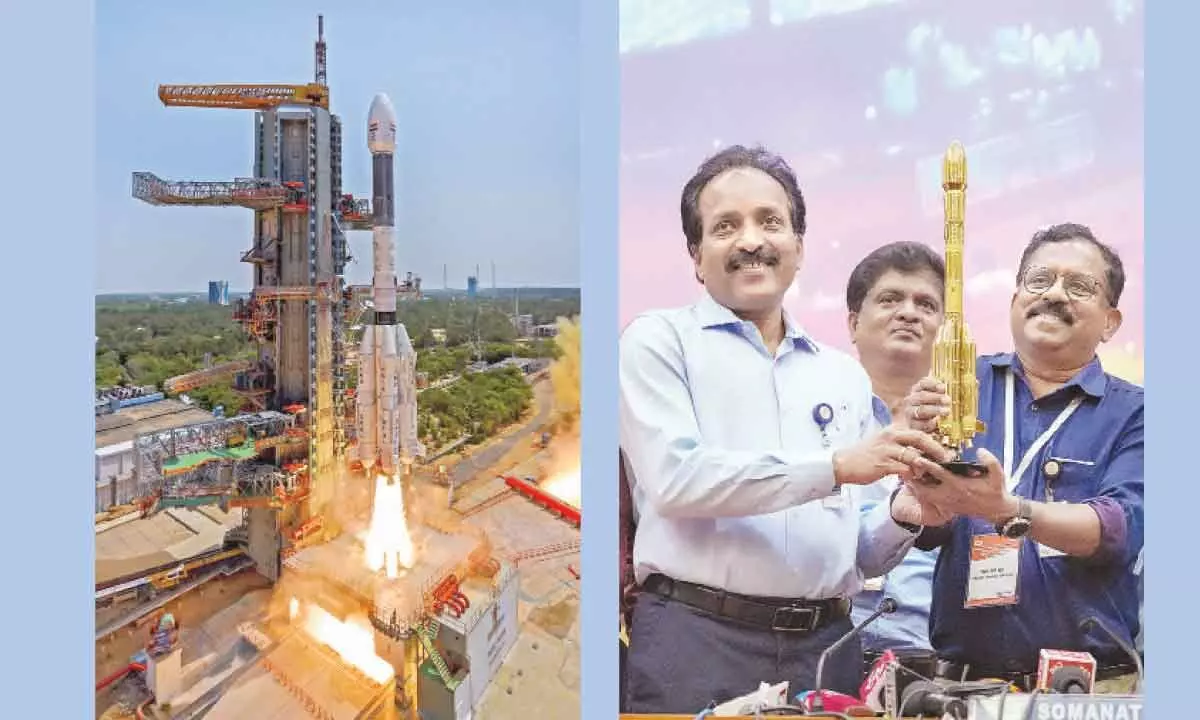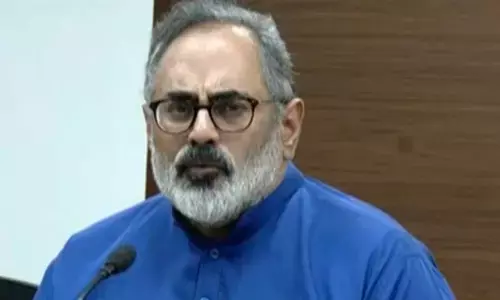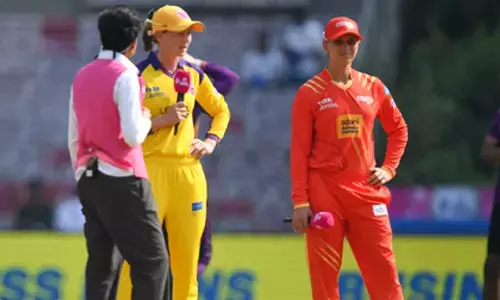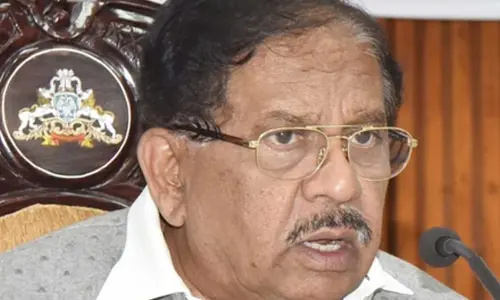Sriharikota: Indian Space Research Organisation successfully places navigation satellite in orbit

The Indian Space Research Organisation (ISRO) on Monday successfully launched and put into Geosynchronous Transfer Orbit the first of a series of its second generation navigation satellites using a GSLV rocket.
Sriharikota : The Indian Space Research Organisation (ISRO) on Monday successfully launched and put into Geosynchronous Transfer Orbit the first of a series of its second generation navigation satellites using a GSLV rocket. Subsequent orbit-raising manoeuvres will take NVS-01 navigation satellite into the intended geosynchronous orbit, ISRO said.
NVS-01 would augment the country’s regional navigation system, providing accurate and real-time navigation. At the end of a 27.5-hour countdown, the 51.7-metre tall, 3-stage Geosynchronous Satellite Launch Vehicle with a cryogenic upper stage, lifted off at a prefixed time of 10.42 am from the second launch pad at the spaceport here, located about 130 km from Chennai. This was GSLV’s 15th flight.
The launch of the NVS-01 is significant as it would ensure the continuity of NavIC (Navigation with Indian Constellation) services — an Indian regional satellite navigation system, similar to GPS, providing accurate and real-time navigation. Signals from NavIC are designed to provide user position accurate to better than 20 metres and timing accuracy better than 50 nanoseconds.
ISRO Chairman S Somanath congratulated the entire team for the “excellent outcome” of the mission. “NVS-01 has been placed in precise orbit by GSLV. Congratulations to the entire ISRO team for making the mission happen,” he said in his post-launch address from the Mission Control Centre.
Monday’s success came after the GSLV F10 “debacle”, he said referring to the anomaly in the cryogenic stage of the launch vehicle in August 2021, following which the then mission could not be fufilled.
He expressed joy that “corrections in cryogenic stage and lessons learnt have really paid benefits” and credited the Failure Analysis Committee for addressing the problem.
Somanath further said NVS-01 is a second-generation satellite with additional capabilities.
The signals will be more secure and a civilian frequency band has been introduced, he said. This was the first of five of such satellites to be launched.
Just short of 20 minutes after the rocket took off, it deployed the 2,232 kg satellite into the intended Geosynchronous Transfer Orbit (GTO) at an altitude of about 251 km. The NVS-01 carried navigation payloads of L1, L5 and S bands. The second generation satellite also has onboard an indigenously developed rubidium atomic clock to determine date and location.
It is for the first time that an indigenously developed rubidium atomic clock was used in a mission. Earlier, the scientists earlier opted for imported ones. The Ahmedabad-based Space Applications Centre developed the clock, which ISRO said was significant as only a handful of countries possessed this important technology.
GSLV-F12/NVS-01 Mission Director N P Giri said the GSLV has the capability to launch satellites with bigger payloads.
“The last flight GSLV-F10 anomaly was heartbreaking for all of us and because of the constant encouragement by ISRO Chairman, the cryo-stage was modified… there has been excellent support from Centre directors (of ISRO) for bringing back the GSLV,” he said.
ISRO’s satellite director for Monday’s mission KVS Bhaskar, while extending his congratulations to the ISRO team, said, “I do believe that the naughty boy (GSLV) is fully tamed. All of us have been looking forward to the launch of NVS-01. This L1 band will be interoperable and we have also included an indigenous atomic clock.” U R Rao Satellite Centre (URSC) Director M Sankaran said that following the successful launch of the navigation satellite, the solar panels were deployed and it was ready for the next operation to raise its orbit.
Liquid Propulsion Systems Centre (LPSC) Director V Narayanan said the GSLV rocket has seven propulsion systems and all worked in a “very synchronised way”. “Today’s performance reveals that the cryo-stage performance was normal and as expected,” he said.
ISRO developed the NavIC system to meet the positioning, navigation and timing requirements of the country, particularly with regard to civil aviation and military requirements.














